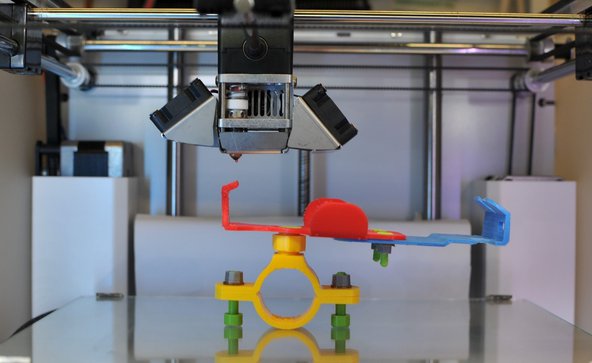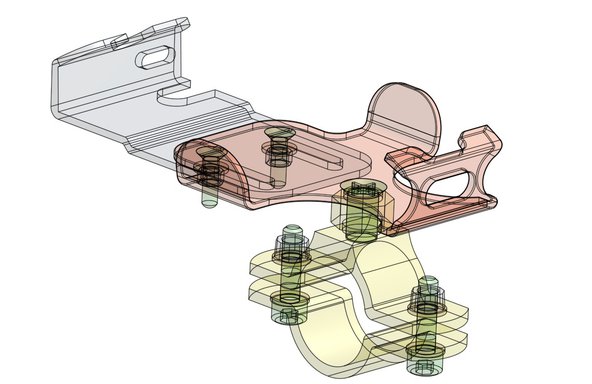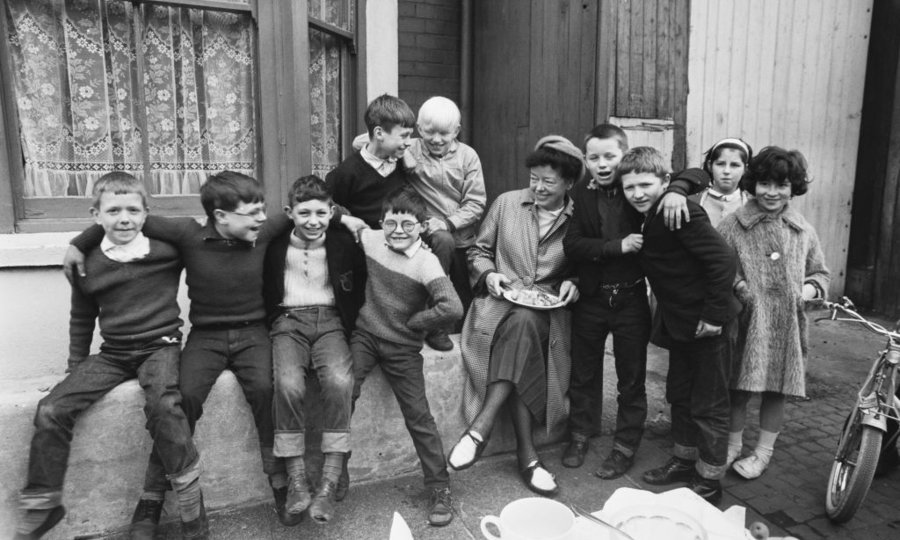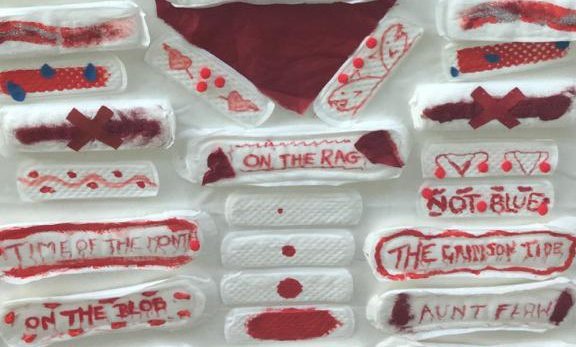How 3D printing turns imagination into reality
by Dr Ahmad Beltagui
24 May 2019
This blog post is part of our Summer Showcase series, celebrating our free festival of ideas for curious minds.
Ordinary people can now use 3D printers to make almost anything they currently buy. We asked the question: why would they want to?
When so many things can be bought cheaply and we can do almost everything online, why would someone spend their time in the messy business of making things? In Victorian Britain, the Arts and Crafts movement revived traditional crafts as a response to industrialisation. Similarly, today we have baking and sewing contests on TV, artisan street foods, a revival of apparently obsolete technologies like analogue cameras, and people sharing the use of 3D printers for collaborative design projects. All of these involve people physically doing or making something that requires them to learn traditional skills, from learning to manually focus the camera lens to designing shapes that can be 3D printed.
While 3D printing has often been overhyped as a driver of a new industrial revolution in recent years, ambitious predictions of a miniature factory in every home have yet to materialise. This may be because it is easier to share than to own a printer. To find out what motivates 3D printing users, we went to ‘makerspaces’: places where people share access to fabrication tools, including 3D printers.

What is 3D printing?
3D printing usually refers to a range of digital fabrication technologies, or computer-controlled machines that build physical objects one layer at a time. While these technologies have been around since the 1980s, they are becoming more popular – and affordable – now that the first patents have expired. Although the top-end machines can cost hundreds of thousands of pounds, a few hundred pounds can buy a small desktop machine that turns designs from a laptop screen into small plastic shapes. They can be found in schools, local libraries, some supermarkets – and in dedicated makerspaces. Members of these shared spaces invest their time and resources on projects, either making something for personal use, learning from others or simply interacting with other like-minded makers. Our field-study took in a number of makerspaces, including one run by a local community and one giving entrepreneurs a workspace and tools to start and grow their businesses. We interviewed makerspace members to understand how and why they use 3D printers.
Reliving childhood
3D printing offers possibilities for creativity that recall people’s childhood memories. As one of the participants in our study explained, his love of making and fixing could be traced to his grandfather. He recalled tuning and repairing a radio or learning to use workshop tools, over half a century previously. Others talked about how playing with Lego helped them create their own world, without the structures imposed by computer games, or working with computers. With the aid of free-to-download design tools and access to a 3D printer at a makerspace, these people escape from the restrictions of modern technology and relive their childhood memories of making anything they can imagine.
Using 3D printers is not as simple as it might sound – a complex mix of mechanical, chemical and electronic processes are at play. Yet the apparent simplicity encourages people to engage with the elements they do understand and work with others to learn the rest. We found that makerspaces help these people to learn new skills and celebrate their sense of achievement at having mastered them.

Democratising innovation
The most fascinating thing we learned was how, having found a new toy to reawaken their creativity, people are using 3D printing to do things that wouldn’t ordinarily be possible. Eric von Hippel, an MIT Professor, wrote about “democratising innovation”, pointing to examples of ordinary people, not companies, creating new products and technologies. While this phenomenon has been widespread in the open-source software movement, 3D printing is making it possible for physical products.
We met a startup company making monitoring devices that track the conditions of crops in coffee plantations. Having won a contract with a big customer, they are now investing in the tooling required to make a high-quality product in larger numbers. Winning the contract, however, was only possible because they used a 3D printer at the makerspace to transform a collection of parts (including a plastic lunchbox, some piping and self-made electronics) into a working prototype that survived months in the field. Thomas Edison is reported to have said that to invent, you need a good imagination and a big pile of junk. Perhaps to make inventions for the 21st century, it also helps to have a 3D printer?
Dr Ahmad Beltagui is a lecturer in project and operations management at Aston Business School. His project was funded by a BA / Leverhulme Small Research Grant in 2017. Also working on this project are Dr Nikolaos Stylos from the University of Bristol and Dr Achilleas Sesis, founder of 4Delta Group.



